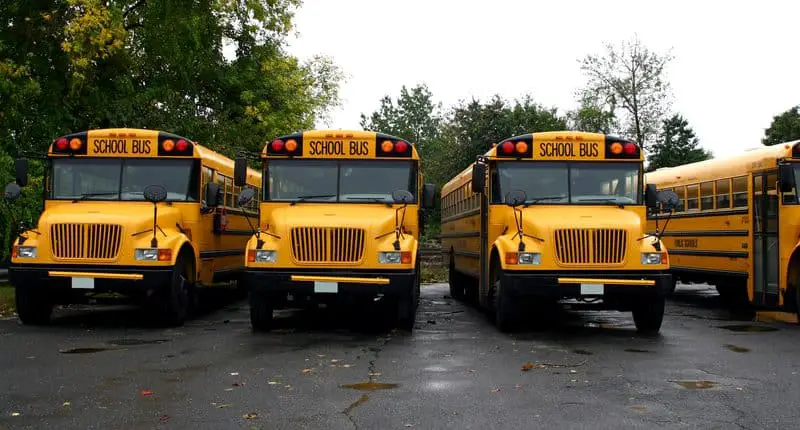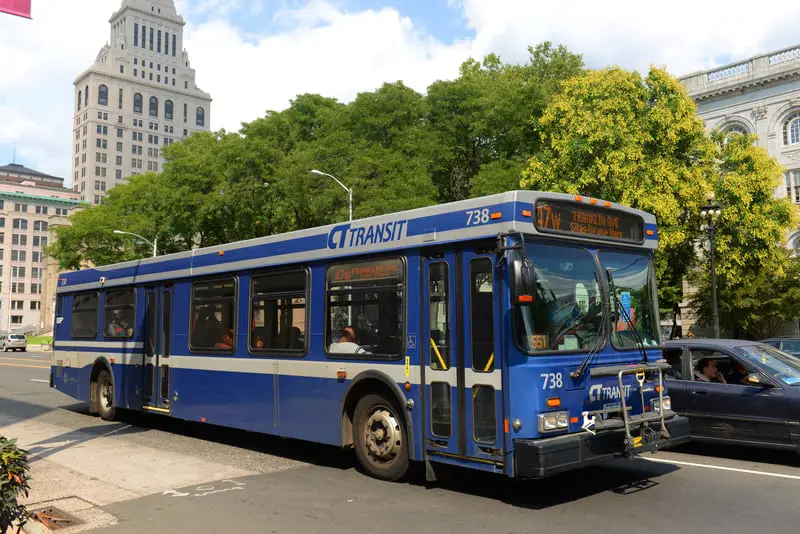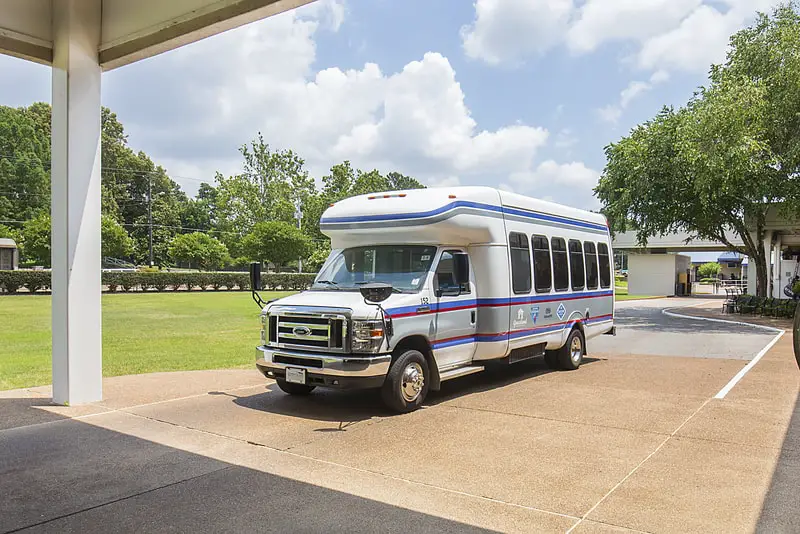
Imagine yourself being a new bus driver. You’ve negotiated through the city traffic without incident and are about to turn into a parking lot to deliver a busload of excited kids. Next, you’re confronted with a sign saying, “Cars Only. Strictly No Trucks!”. Well, is your bus a car or a truck?
A bus is considered neither a car nor a truck. In the Department of Transportations Federal Highway Administration Traffic monitoring guide Appendix C: Vehicle Types places busses into their own Class (4) vehicle. Modified buses are classed as Trucks in the same document.
We’ve most likely all had the opportunity to take a ride on a bus. You may even have wondered if a bus is a car or a truck, given that many buses utilize truck chassis, engines, and drivetrains.
We’ve researched for you and discovered some interesting facts regarding a bus’s official classification. Read on to learn more.
Are Buses Considered A Car Or A Truck?
The Traffic Monitoring Guide says that a vehicle is classed as a bus when manufactured as a traditional passenger-carrying bus and has two or more axles and six or more tires. This classification includes conventional school buses that we all know so well.
Traditional cars or passenger vehicles fall into the Class 2 classification, while pickup trucks are Class 2 or 3. Trucks, in the true definition of the word, fall into varying classifications depending on the individual truck specifications. These are covered in Classes 5 to 13 of the Vehicle category Classification.
Truck manufacturing Companies built trucks and busses until the 1980s, utilizing the same primary components, including the chassis and drivetrains. The vehicles were serviced and sold by the same company, which is one reason why some people see buses as trucks.
Since the 80s, companies have started building purpose-built buses considering passenger comfort in terms of seating arrangement, access to and from the bus, including wheelchair access. Better space utilization is why most buses today have mid or rear-mounted engines and low access points.
Busses like cars are available in diesel, gasoline, natural gas, and hybrid options.
What Type Of Car Is A Bus?

A bus is a purpose-built self-propelled vehicle made to carry passengers. Buses carry many more people than the average family car.
In the U.S., a vehicle is classified as a bus when it accommodates fifteen or more people, including the driver.
In Great Britain, vehicles carrying ten or more people are classed as a bus.
Buses with an incredible seating capacity of up to three hundred passengers are available today, which sets them well apart from traditional cars.
Buses are mainly used worldwide for public transport. Still, buses are also used for many other purposes by private individuals and businesses that provide transport services.
How Are Buses Categorized?
Buses fall into four basic categories depending on design features and their intended use.
- Transit or City
- Suburban
- Tour or Intercity
- School
Comparing the features offered by a school bus and a luxury touring bus gives a good indication of the differences between the available bus specifications and intended use.
Is A Truck Called A Car?
Passenger cars are made to transport between one and eight people and have four wheels, while trucks are made to transport freight and have six to eighteen wheels or more.
Generally, when reference is made to a car, we’re talking about the average family saloon. When referring to a truck, cars typically don’t enter the equation. The difference between them is just too vast.
Is A Bus Considered a Truck?

Buses are purpose-built to transport people and their luggage safely and comfortably. Buses provide affordable transport to many people, whether within the city, from town to town, or across the country.
Trucks are made to carry cargo or freight while only accommodating the driver and one or two passengers.
Buses and trucks are separated in the FMWA classifications as their specific uses differ significantly.
Before the advent of bus-building companies, truck builders also built buses as an additional revenue stream. Dedicated bus-building companies saw the light of day as technology advanced.
Advanced assembly lines required significant capital investment, which forced many of the old companies building buses to close their bus assembly lines.
Why Is A Bus Classified A Truck When Modified?
The assumption is that buses are generally modified by converting a regular bus to an RV or motor home. Buses lend themselves well to these conversions as they’re self-contained and mobile and offer sufficient internal space to create a comfortable living space.
The Department of Transportations, Federal Highway Administration Traffic monitoring guide Appendix C prescribes that modified buses must be re-classified to trucks. The classification change is required because the modified vehicle no longer serves the purpose of a bus.
The truck classifications cater to vehicles with two or three axles and six or more wheels, enabling a modified bus to slot perfectly into the appropriate truck classification.
Understandably this can cause confusion as the vehicle’s outward appearance is that of a bus. Still, the vehicle’s intended use has changed from that of a bus.
Are RV’s Classed A Bus?
RV’s or motor homes range significantly in size, as buses do. RV’s can easily be mistaken for a bus, especially if they’re large. In fact, many RV’s are built from re-purposed or modified buses. RVs are classed as trucks in the FHWA vehicle classification guide.
The truck classification is because RVs aren’t passenger vehicles or a bus, leaving only the appropriate truck classification, which is determined by the number of axles and wheels the RV may have.
Conclusion
Busses are classed as their own vehicle type given their specific purpose: transport people comfortably and safely. As such, a bus is neither a car nor a truck.
Modifying a bus to the extent that the vehicle can no longer perform its intended purpose, which is for the transportation of fifteen or more people, the role of the bus has changed and is re-classified to a truck.
